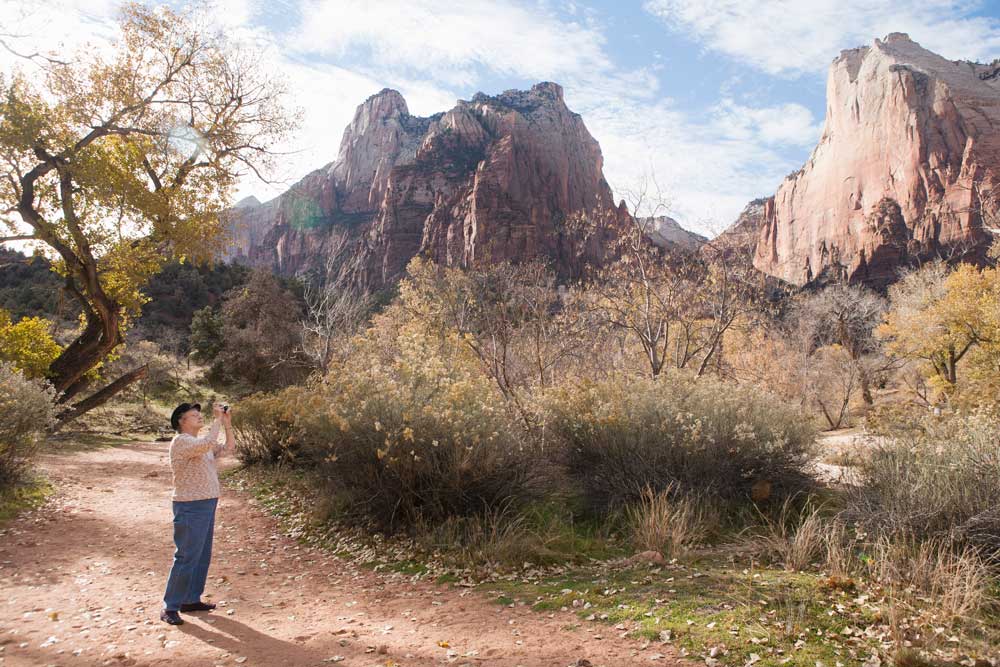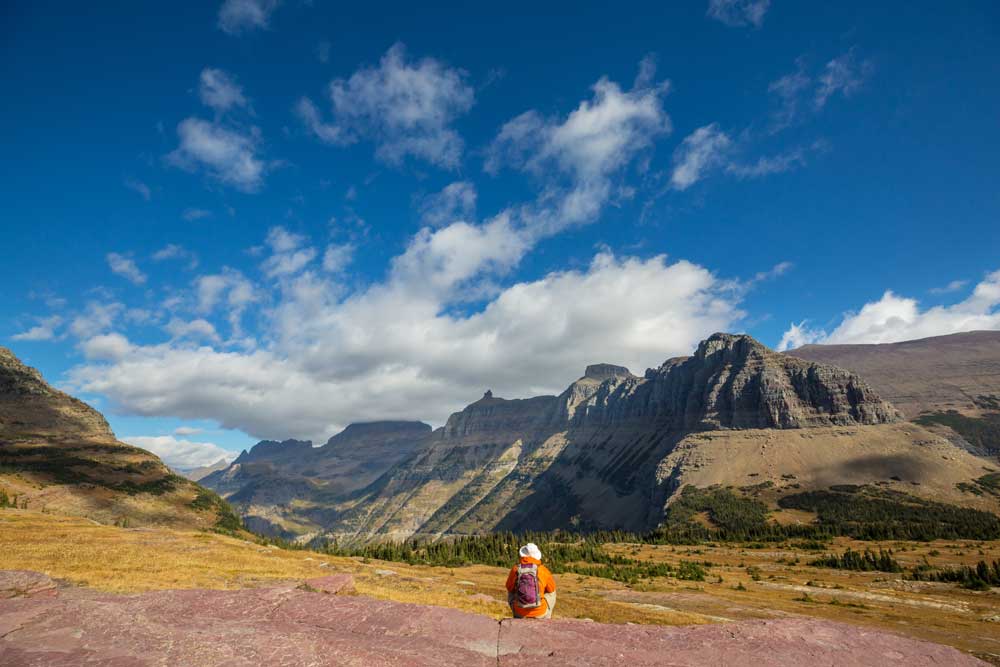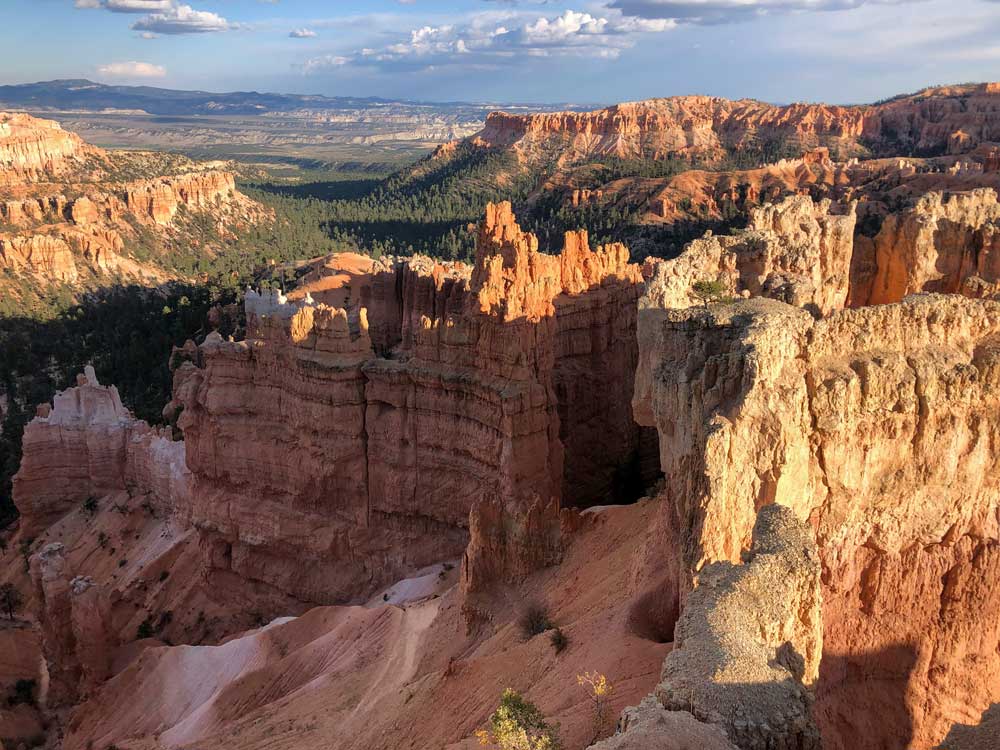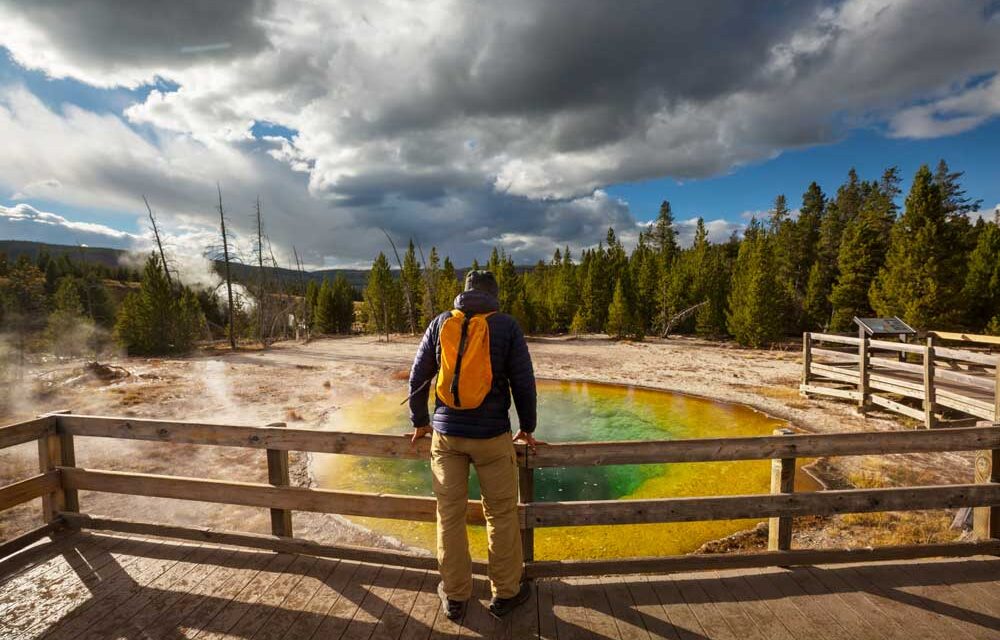Best National Parks to Visit in the US
When life feels like an endless stream of emails, traffic jams, and awkward Zoom calls, there’s one surefire cure: nature. And not just any nature—majestic, unfiltered, jaw-dropping American national parks. These places are like Earth’s greatest hits album, and lucky for us, they’re right here in our backyard.
With 63 official national parks and more than 400 other park sites, the U.S. is a goldmine of wild adventures, scenic drives, and photo ops so good they’ll make your phone run out of storage. From glacier-carved peaks to desert playgrounds and coastline cliffs, there’s a park to match every mood—whether you’re in full Indiana Jones mode or just want to picnic next to a serene lake without being eaten by bugs.
In this guide, we’re skipping the “hidden gems” and going straight for the crown jewels. These are the parks that leave people saying “Why didn’t I come here sooner?” and “How do I quit my job and move here forever?” So lace up your boots, pack some snacks, and let’s hit the trail—virtually, for now.
10 iconic parks that’ll make you want to trade your desk chair for a camping chair.
1. Yellowstone National Park – The OG of All Parks
(Wyoming, Montana, Idaho)
If you want to visit the world’s first national park—and the one that basically made the whole “national park” idea a thing—Yellowstone is your go-to. Spring (May–June) and fall (September) are the sweet spots when the animals are active, the crowds are chill, and the geysers are still doing their steamy thing. You’ll definitely want to see Old Faithful, the psychedelic Grand Prismatic Spring, and wildlife-rich Lamar Valley (bison galore). Skip the midday crowds at Old Faithful unless you’re into shoulder-to-shoulder sightseeing. Expect geysers, bubbling mud pots, and wildlife that doesn’t care about your personal space. Perfect for families who want a “Whoa!” moment every 10 minutes, couples into nature photography, and solo travelers with a taste for solitude.
Trivia: Yellowstone has over 10,000 hydrothermal features—which is more than anywhere else on Earth.
2. Yosemite National Park – Granite Giants and Waterfall Dreams
(California)
Few parks are as iconic—or as vertical—as Yosemite. Visit in May or June when the waterfalls are raging, or September to October for golden foliage and fewer tourists. Marvel at El Capitan, gaze up at Half Dome, walk among ancient sequoias in Mariposa Grove, and stop by Glacier Point for views so good they should come with a warning label. Skip driving in Yosemite Valley mid-summer—it’s prettier on foot anyway. Expect dramatic cliffs, postcard waterfalls, and trails for every level. Couples will love sunrise hikes and stargazing. Families can take the shuttle and explore easy scenic trails. Solo hikers? Yosemite is your spiritual retreat.
Trivia: El Capitan is 3,000 feet of sheer granite—about 2.5 Eiffel Towers stacked vertically.
3. Grand Canyon National Park – The Ultimate Jaw-Dropper
(Arizona)
The Grand Canyon is one of those places that makes you question reality. It’s best in spring (March–May) or fall (September–November) when the heat won’t melt your shoes and the views are just as epic. Start with the South Rim for the classic views, and if you’re feeling brave (and fit), tackle part of the Bright Angel Trail. Skip the pricey Skywalk—it’s outside the main park and doesn’t beat the real thing. Expect vast silence, surreal rock layers, and a sense of your own smallness. Ideal for couples craving unforgettable sunsets, families who want to start their kids young on natural wonders, and solo travelers who need a quiet reset.
Trivia: The canyon is 277 miles long and over a mile deep. No, you can’t hike it in a day (but some have tried).
4. Zion National Park – Red Rock Drama and Desert Zen
(Utah)
Zion is where you hike through rivers and along cliff edges, and love every second. Best visited in spring and fall for bearable temps and glorious colors. Don’t miss The Narrows, a hike in the Virgin River, and the bucket-list climb to Angels Landing (permit required). Skip peak summer afternoons unless dehydration is your thing. Expect bold red cliffs, winding canyons, and hikes that make you feel like a movie hero. Couples can go full adventure-mode, families will find lots of accessible trails and ranger programs, and solo hikers can find peace in the canyons.
Trivia: Zion’s Angels Landing trail climbs 1,500 feet—with chains to hold onto. It’s like climbing a ladder… on a cliff.

5. Acadia National Park – Ocean Vibes with Pine Trees
(Maine)
Acadia is a rare beast: a national park with coastal flair. The best time to visit? Late September to mid-October for the leaves, or summer for ocean breezes and lobster rolls. Drive up Cadillac Mountain (reservation required), hike the Beehive Trail, and stroll along Ocean Path. Skip trying to “wing it” during peak months—it’s too popular for that. Expect rugged coastlines, Atlantic winds, and New England charm at its wildest. Perfect for couples wanting a romantic coastal escape, families with beach-loving kids, and solo travelers who want variety in their nature fix.
Trivia: Cadillac Mountain is the first place the sunrise touches the U.S. for half the year.
6. Great Smoky Mountains – Free Entry, Infinite Forest
(Tennessee, North Carolina)
America’s most-visited national park? Yep, the Smokies. Go in April–May for wildflowers or October for that legendary fall color. Explore Cades Cove, hike to Laurel Falls, and enjoy the view from Clingmans Dome. Skip weekends in fall unless you’re into bumper-to-bumper leaf-peeping. Expect rolling hills, foggy vistas, and wildlife from fireflies to black bears. It’s ideal for families on a budget (entry is free!), couples who want a cozy cabin retreat, and solo adventurers who love forest trails.
Trivia: The Smokies are home to over 19,000 documented species—and they’re still discovering more.
7. Glacier National Park – Snowy Peaks and Goats with Attitude
(Montana)
Glacier is a stunner, especially from late June to early September when the famous Going-to-the-Sun Road is fully open. Don’t miss Lake McDonald, the Highline Trail, and Hidden Lake Overlook. Skip thinking you’ll see glaciers forever—they’re melting fast. Expect alpine drama, cool temps, and the clearest lakes you’ll ever Instagram. Great for couples who like road trips with scenery, families into wildlife spotting, and solo hikers who want peaceful alpine trails.
Trivia: The park had 150 glaciers in 1910—now it’s fewer than 25. Climate change is very real here.

8. Arches National Park – Natural Stone on Another Level
(Utah)
Arches looks like a place where gravity went on vacation. Head there in March–May or September–October for perfect hiking weather. Catch sunrise at Delicate Arch, explore the maze of Fiery Furnace (with a guide), and snap selfies under Double Arch. Skip trying to enter at 10 AM in summer—you’ll be stuck in line and melting. Expect fiery landscapes, Insta-ready rock formations, and dry heat. Great for couples into sunsets and stargazing, families who like short, rewarding hikes, and solo road trippers living their desert dream.
Trivia: There are over 2,000 natural arches in the park—more than anywhere else on Earth.
9. Olympic National Park – Three Ecosystems, One Park
(Washington)
Olympic is a choose-your-own-adventure kind of park. The best time to visit is July to September for clear skies and road access. You’ll want to hit the Hoh Rain Forest, Hurricane Ridge, and the wild beaches like Rialto and Ruby. Skip assuming it’s just rainy forest—Olympic has mountains, coastline, and rainforest all in one. Expect misty mornings, mossy trails, and scenery that changes every 30 minutes. Couples will love the diversity and romantic vibes, families get tons of outdoor learning, and solo travelers will feel like they’re in a Studio Ghibli film.
Trivia: Olympic is one of the only places in the world where glacier-topped mountains, old-growth forests, and ocean beaches meet.
10. Bryce Canyon National Park – Hoodoo You Think You Are?
(Utah)
Bryce is a surreal playground of orange spires called hoodoos, and it’s best explored in May–June or September–October. Walk the Navajo Loop, take in the views from Sunrise Point, and descend into the otherworldly amphitheater via Queen’s Garden Trail. Skip high noon for photos—the light is harsh. Expect alien landscapes, crisp air, and a compact but unforgettable experience. Great for couples on a scenic Southwest road trip, families who want something unique (and short trails), and solo travelers looking for quiet beauty.
Trivia: Bryce has the highest concentration of hoodoos in the world. Yep, more than anywhere else.

Why You Need to Visit These National Parks?
Let’s be honest—there are few things more grounding, awe-inspiring, and soul-refreshing than standing in the middle of nature’s greatest masterpieces. Whether it’s the steam rising from Yellowstone’s geysers, the red-rock towers of Zion, or the surreal hoodoo landscape of Bryce Canyon, America’s national parks aren’t just destinations—they’re experiences.
They remind us how small we are, how wild the world still is, and how much beauty is packed into our own backyard. These parks aren’t just for hardcore hikers or tree-hugging wanderers—they’re for families seeking connection, couples chasing sunsets, and solo travelers looking for clarity. They’re for everyone. And right now, they’re waiting.
So unplug, lace up, fuel the car (and the snack bag), and go find your next “I can’t believe this is real” moment. Because WiFi is overrated—and national parks are the original full-screen, high-def wonderlands.




